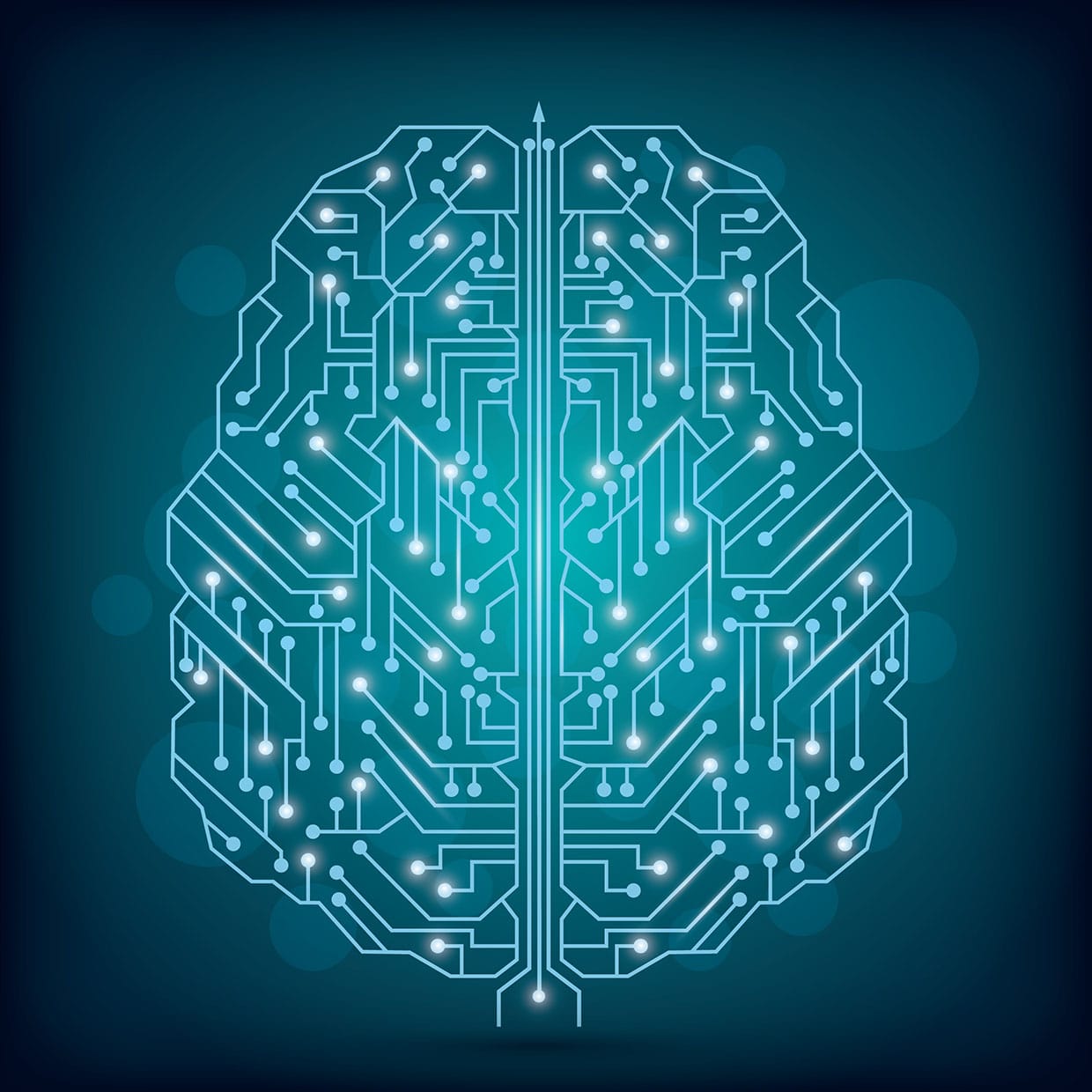About
Transforming data acquisition and analysis technology in two neuroscience research environments, partnering with researchers in over 1150 labs worldwide, and measuring success by lives improved
From Outer Space to Research Labs
Over four years, Casey led a small team who created a Space Flight Certified 160-channel microelectrode/tetrode recording system — a new, high performance, low power, compact system that would withstand the intense shuttle launch vibrations, and then flawlessly perform in space. Launched on Columbia in April 1998, the Neurolab Data Recording System successfully recorded high-frequency single unit “place cells” from two rats simultaneously while in orbit.
Casey formally incorporated Neuralynx, Inc. in Tucson, AZ, and immediately modified the Neurolab system for “earth bound” researchers. Cheetah 160 and Cheetah DAS software established Neuralynx’s “complete solution” reputation for design integrity, high performance and innovation.
The NeuraLynx Timeline
- 2021: NeuraLynx acquired into the FHC family of brands. NeuraLynx has adopted FHC core values and comes with complementary product lines, manufacturing facilities and expertise. NeuraLynx staff is now part of the larger FHC staff.
- 2011-2012: FDA approval and launch of the ATLAS Neurophysiology System
- 2003: Release of the Digital Lynx Data Acquisition System for animal and human recording.
- 1998: Launch of Cheetah 160: NeuraLynx’s first high-density electrophysiology data acquisition system
- 1993-1994: In collaboration with Dr. Bruce McNaughton, Casey Stengel (link to brief bio) secures an NIH SBIR Grant for acquisition system development, which leads to the founding of NeuraLynx.
Training the Next Generation of Researchers
Neuralynx supports summer educational intensives for neuroscience students, including the Transylvanian Experimental Neuroscience Summer School (TENNS, Romania) and Neural Systems and Behavior (Marine Biological Laboratory, Massachusetts). We provide data acquisition systems and animal interface devices. Neuralynx also offers summer and academic year internships to engineering undergraduate and graduate students, many of whom have continued employment with Neuralynx following graduation.
Mission Statement
Neuralynx, Inc. (Neuralynx) is an internationally recognized provider of electrophysiology data recording systems and solutions for neuroscience research, as well as for practical human medical data recording. Neuralynx specializes in the development of cutting-edge electrophysiology data recording systems and experiment accessories while providing quality, long term customer guidance and support.
In 2011, Neuralynx released the FDA-cleared ATLAS Neurophysiology System for use in human research environments for the identification and analysis of epileptic signals, allowing doctors to treat and research this debilitating disease. In June 2015, Neuralynx released its revolutionary FreeLynx (formerly Cube-64), the only wireless multi-subject digital 64 channel acquisition system. By 2017, our wireless technologies provided 16 to 256 configurable channels of wide bandwidth neural recording and real-time signal processing.
Since its inception, Neuralynx has been an industry pioneer and leader in neuroscience electrophysiology research tools: specialized, customizable hardware and software data acquisition systems used to measure neural signals down to the individual nerve cell activity! Neuralynx currently supports over 1,000 Cheetah Data Acquisition Systems worldwide – at universities, research institutions, and hospitals, including MIT, UCLA, Mayo Clinic, Yale Medical Center, University of Bonn, Cedar Sinai, University of Washington, National Institute of Health, University of Arizona, Johns Hopkins, NERF (Belgium), Max Plank Research Institute, and RIKEN Research Institute.
Longtime Neuralynx customers, May-Britt and Edvard Moser (Norway), were awarded the 2014 Nobel Prize in Medicine for their discovery of the brain’s spatial navigation system.


Founder, Casey Stengel
From age eight to eighteen, Casey explored his fascination with electronics, spending countless, late-into-the-night hours making printed circuit boards, designing audio amplifiers, repairing televisions, and, in his junior and senior years, teaching electronics industrial arts classes. Casey then attended Iowa State University, earning a bachelor’s degree in both Electrical Engineering and Computer Science, the first ISU graduating class in this new field (1978).
For the next five years, he honed his design and development skills, working as an EE/ECE for Heico, an industrial automation company.
In 1983, Casey moved to Boulder, Colorado to work at Rockwell International as a computer engineer, focusing on real-time, high precision measurement systems. Soon after, he met Dr. Bruce McNaughton and Dr. Carol Barnes, neuroscientists at the University of Colorado-Boulder. Inspired by their hippocampal place field experiment and data recording needs, Casey co-founded BrainWave Systems (1984) where he developed two revolutionary products: software for detecting, extracting and classifying single unit, stereo-trode spike waveforms; and a low noise, 8 channel programmable amplifier, the Lynx-8. These innovations led to collaboration between Casey and Dr. McNaughton on his NASA/NIH Neurolab Space Shuttle E-100 grant for the development of a high-density data acquisition system, and the formation of Neuralynx in 1993.
